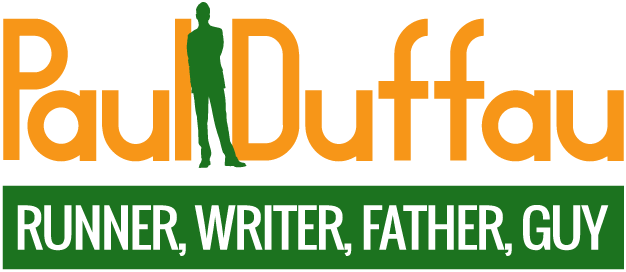Books for the Fall Running Season
A couple of great reads.
The Inner Runner by Dr. Jason Karp
First up, Dr. Jason Karp's The Inner Runner. Unlike most of the running books out there, Dr. Karp does not set up a training program or discuss the various workouts. For anyone who's read running books at all, those tropes are tired beyond belief. What Karp does is give you reasons to run, lots of them, told in a friendly style with the anecdotes woven into the science.
Take his example of the connectivity of running. The premise of his statement is deceptively simple: running is very connective. But then Karp plays with the idea of connectedness, tying it to nature, then people, to effort, and finally to souls. (Okay, that was a bad pun. Couldn't resist.) And, after leading us down into introspection, he lifts the story back up, to the sights and sounds of all the myriad places running can take us.
Even his chapter titles highlight the differences: Heathful Runs; Creative and Imaginative Runs: Productive Runs.
What The Inner Runner does, successfully, is to open the realms of the possible for all runners, by taking a look at facets beyond the optimal 5K program or the latest marathon tweak. It a worthy book for any runner to keep permanently on their shelf.
COMPETE Training Journal (Believe Training Journal) by Lauren Fleshman and Roisin McGettigan-Dumas
I didn't realize the newest version of Fleshman's and McGettigan-Dumas' Training Journal was available for pre-order until I caught a tweet from Sally Bergesen of Oiselle. The authors approach the journal process a bit differently than most. While the basics are there, theyadd (based on last year's version) a heap of perspective and motivation to get you to your goals.
Now, I should back up here a touch - Fleshman and McGettigan-Dumas wrote this journal specifically for women. That does not mean it's soft - no one in their right mind considers Fleshman or McGettigan-Dumas soft. It doesn't mean that males can't use it, just be prepared for feminine pronouns in place of the traditional "he, him, his."
The response to last year's version was very positive from the users. It's unusual to get runners to almost unanimously agree on anything but this training journal (I'm basing my opinion on last year) seems pretty well beloved. Personally, I liked the quality of the covers and pages. I'm not much for running logs since I'm not actively training any more, but the one I checked out as a gift was just plain welcoming to open and I could see my daughters using it with pleasure.
The Compete Training Journal is a nice tool for those that are looking for something that brings quite a bit more to the table than a spreadsheet. According to Amazon, the book will ship November 1st, in plenty of time for Christmas and the upcoming racing seasons.
The Occasional Diamond Thief by J. A. McLachlan
It's not a running book, I know. Still, it was a darn fun read. I picked up a copy of this novel while on my trip to Calgary (and Jane was kind enough to autograph it for me.) As I wrote in review on Amazon:
What an enjoyable read! J. A. McLachlan crafted an entertaining story centered on teenage Kia, a gifted linguist, and a family secret wrapped in guilt. The story moves with smooth pacing and engaging characters from the death of Kia's father to the planet Malem, with enough twists to keep things interesting and none of it forced. The interactions between Kia and the Select, Agathe, are warm and touching, lending a great deal of humanity to the story.
McLachlan managed a nice trick of building a wonderfully adventurous coming-of-age tale in a science fiction future that blends so seamlessly that she transports you with Kia and the Select Agathe to Malem. Definitely a novel to recommend.
Disclaimer: I buy these books out of my own money - none have been given to me for review and the authors didn't know that I would be writing a review.

